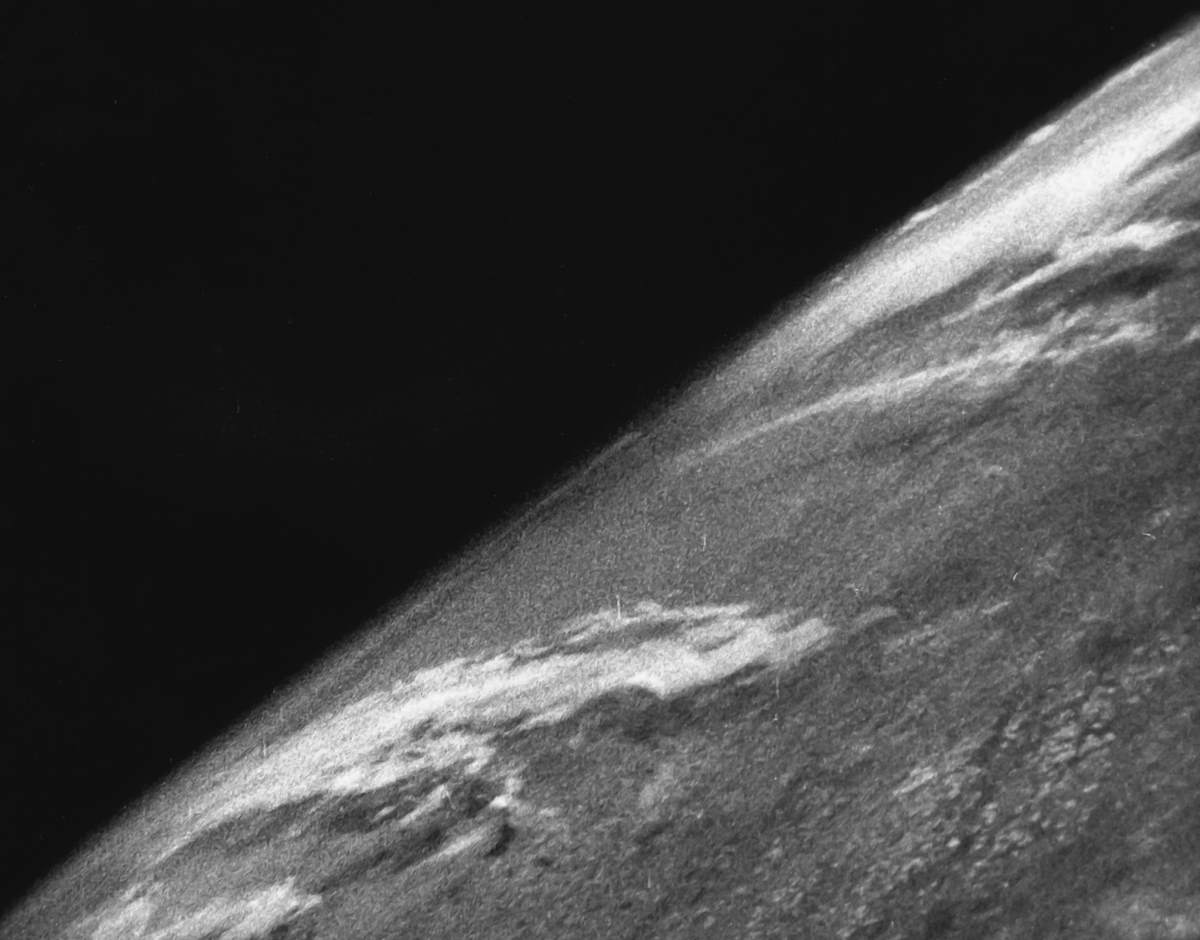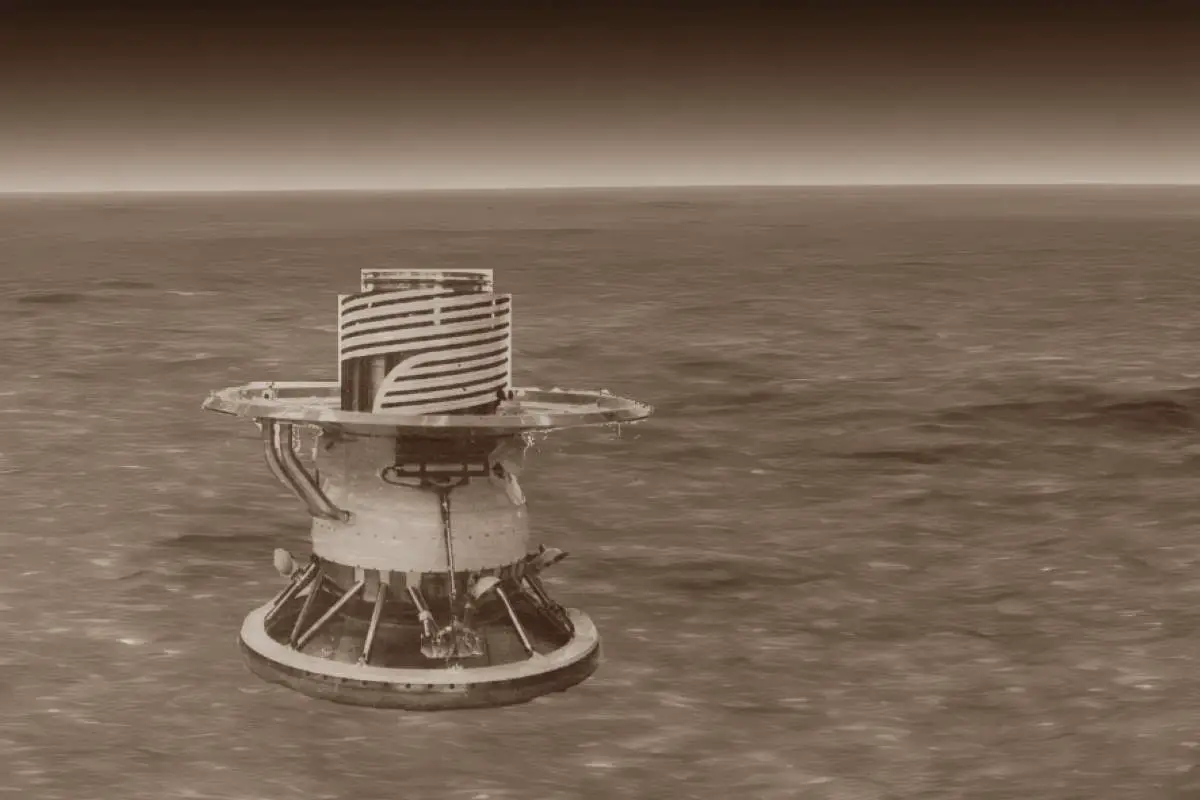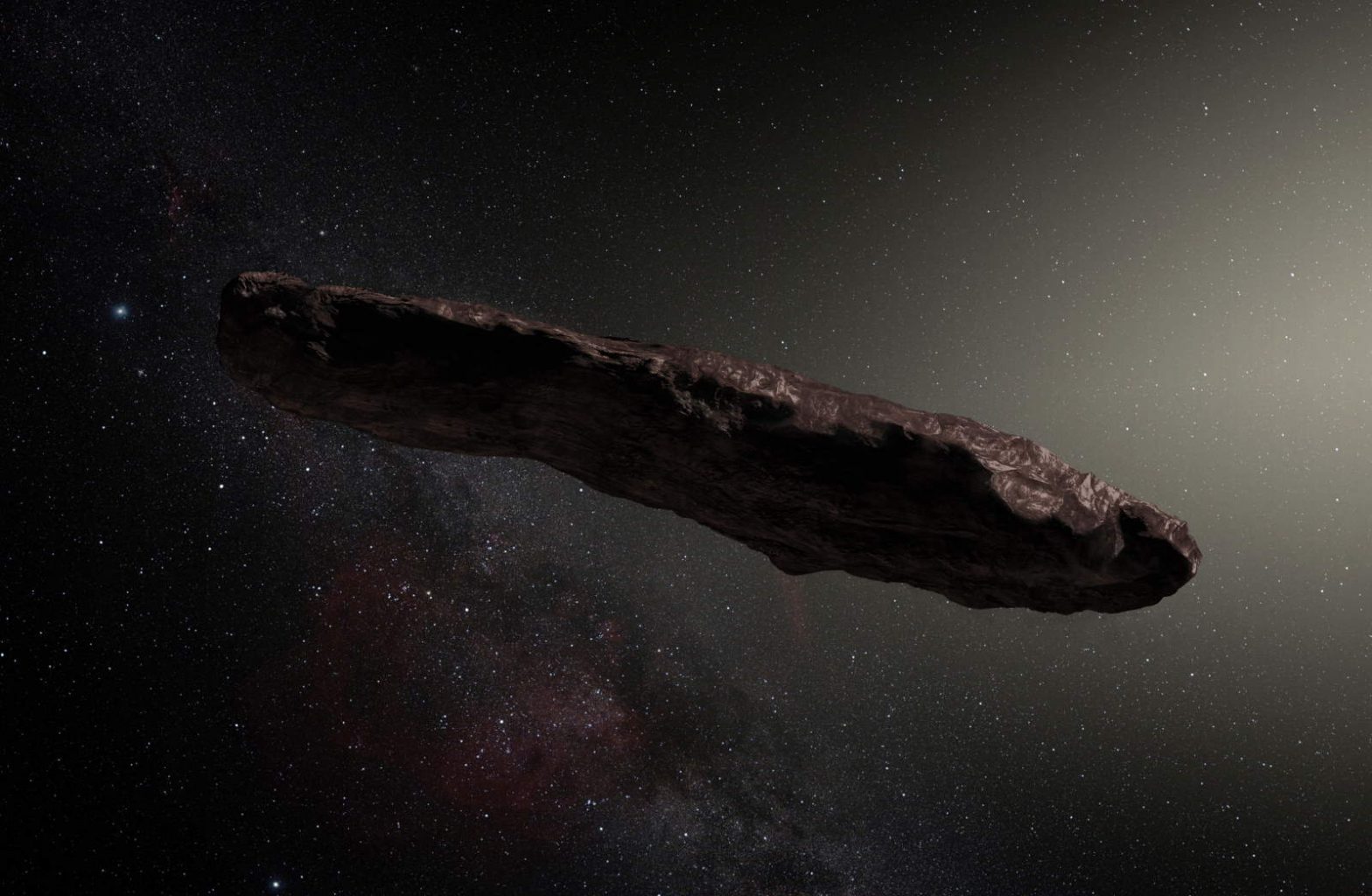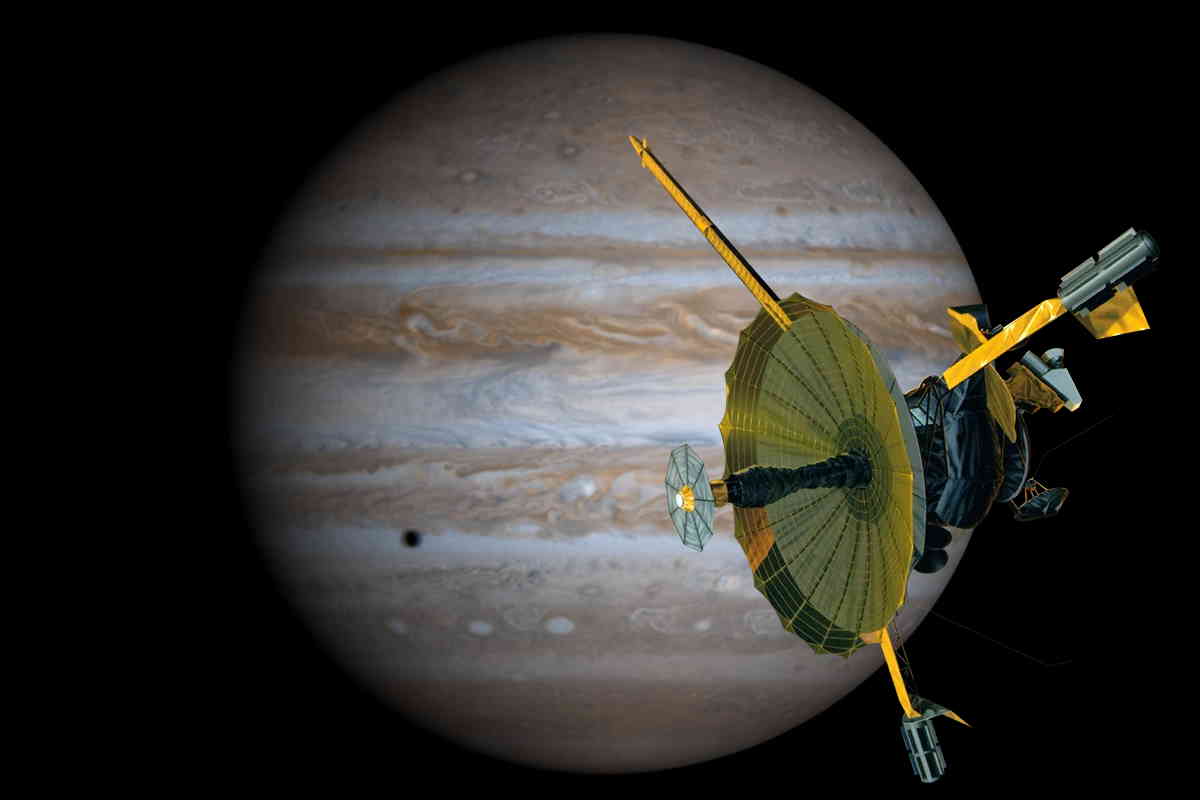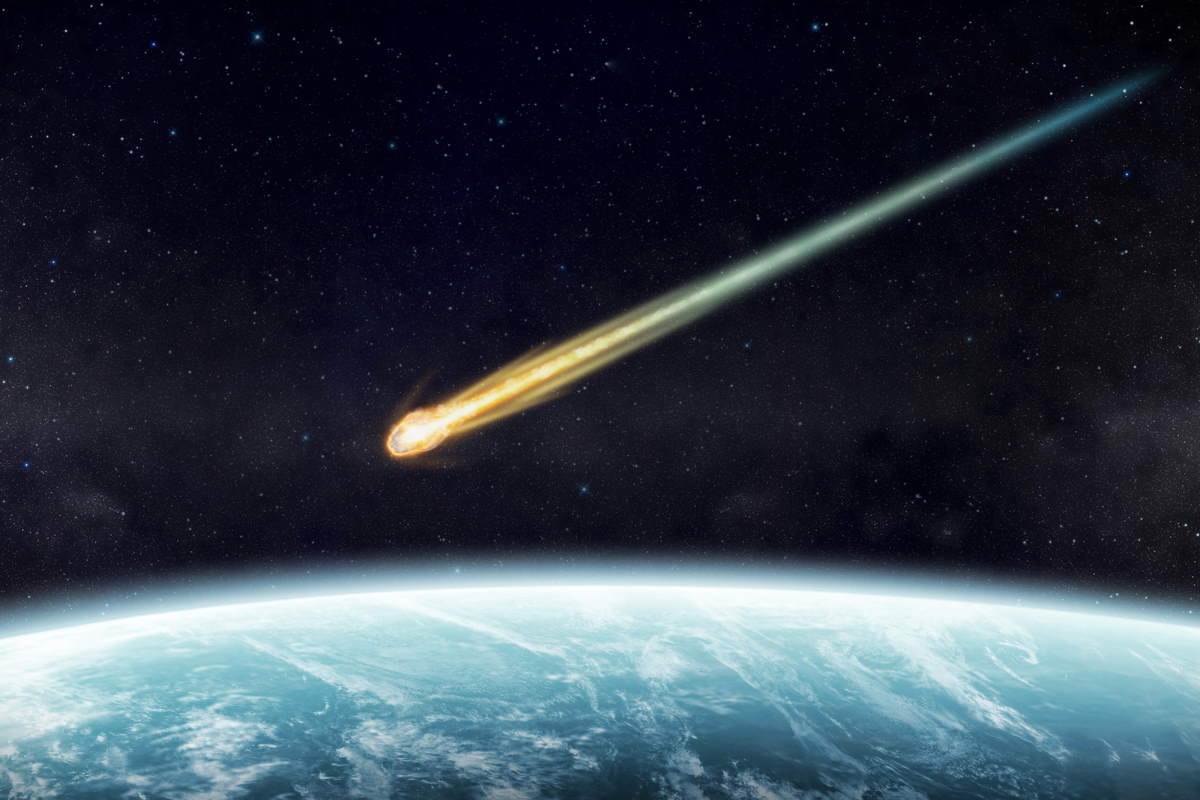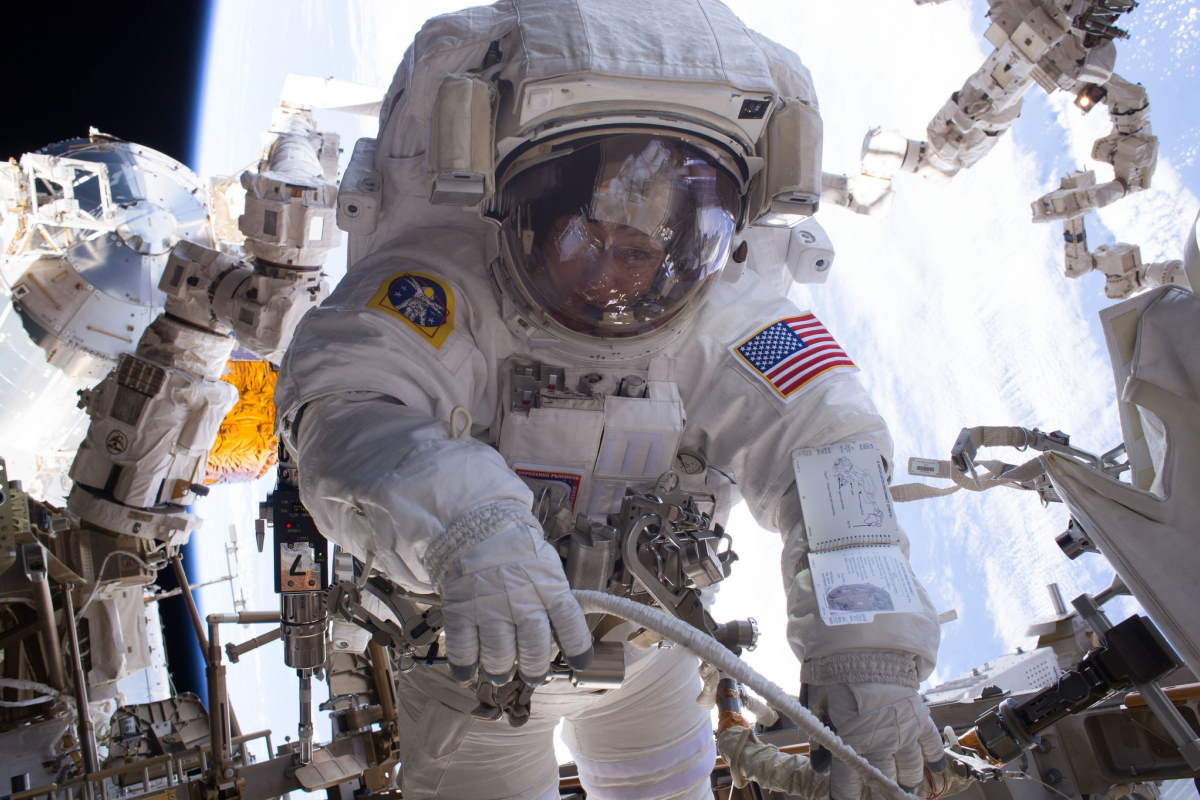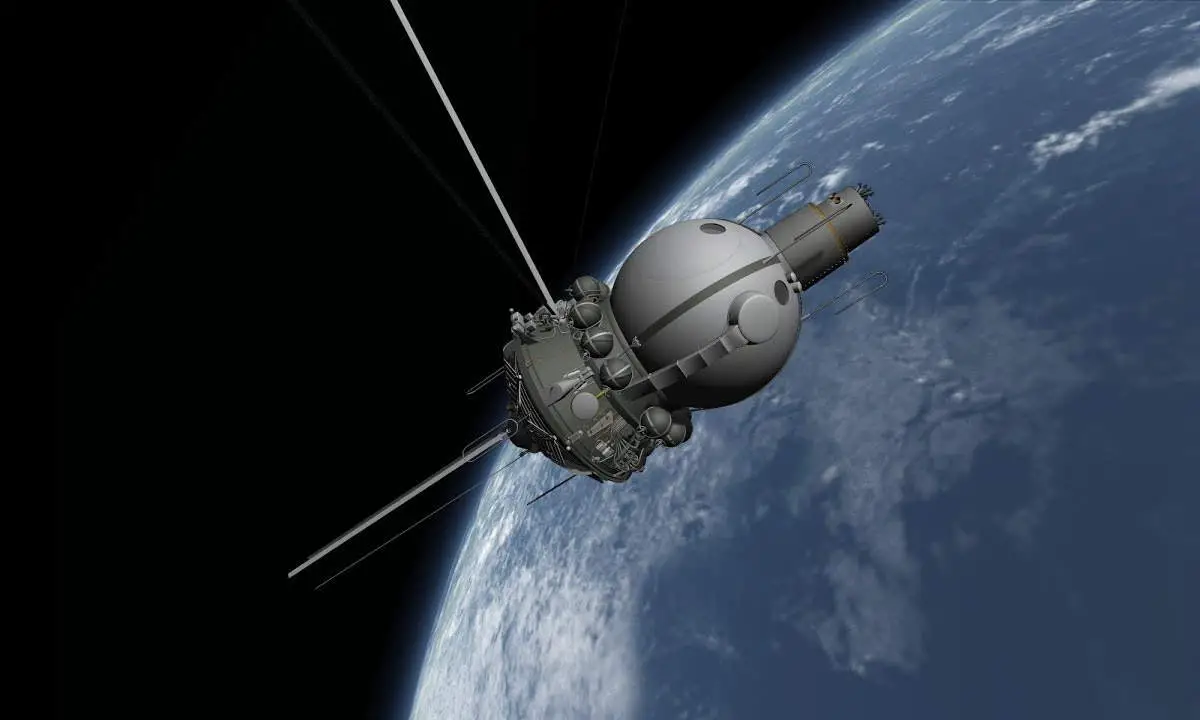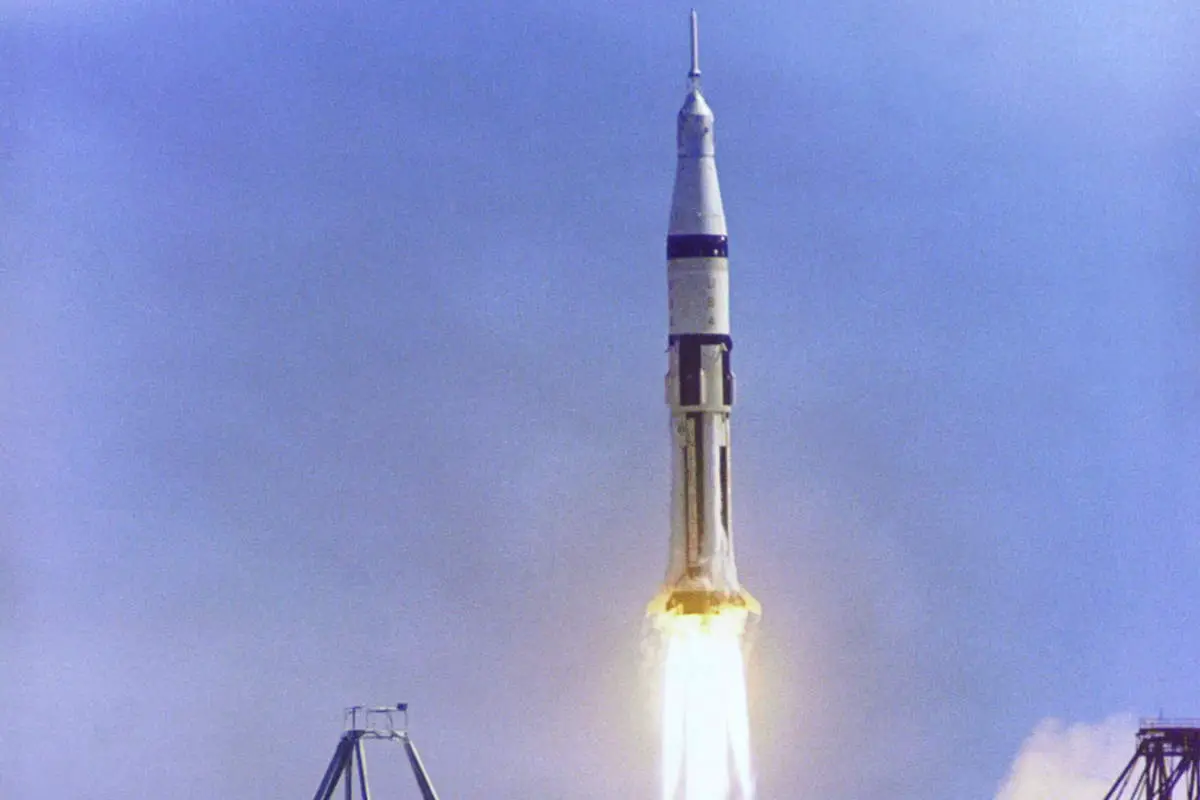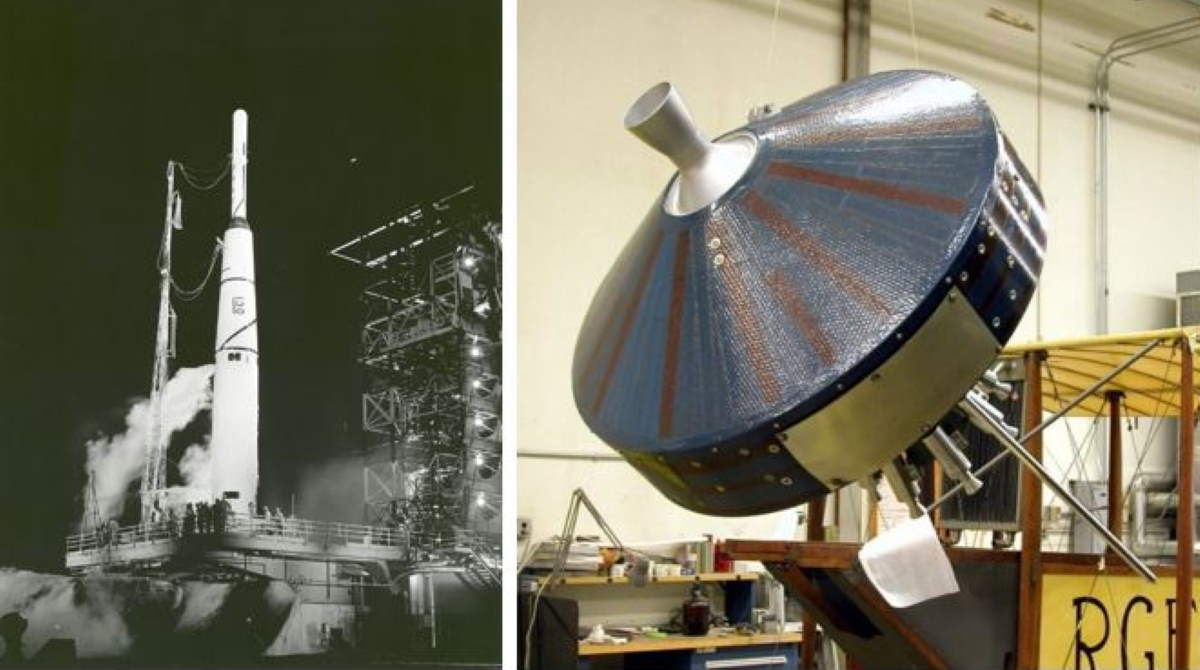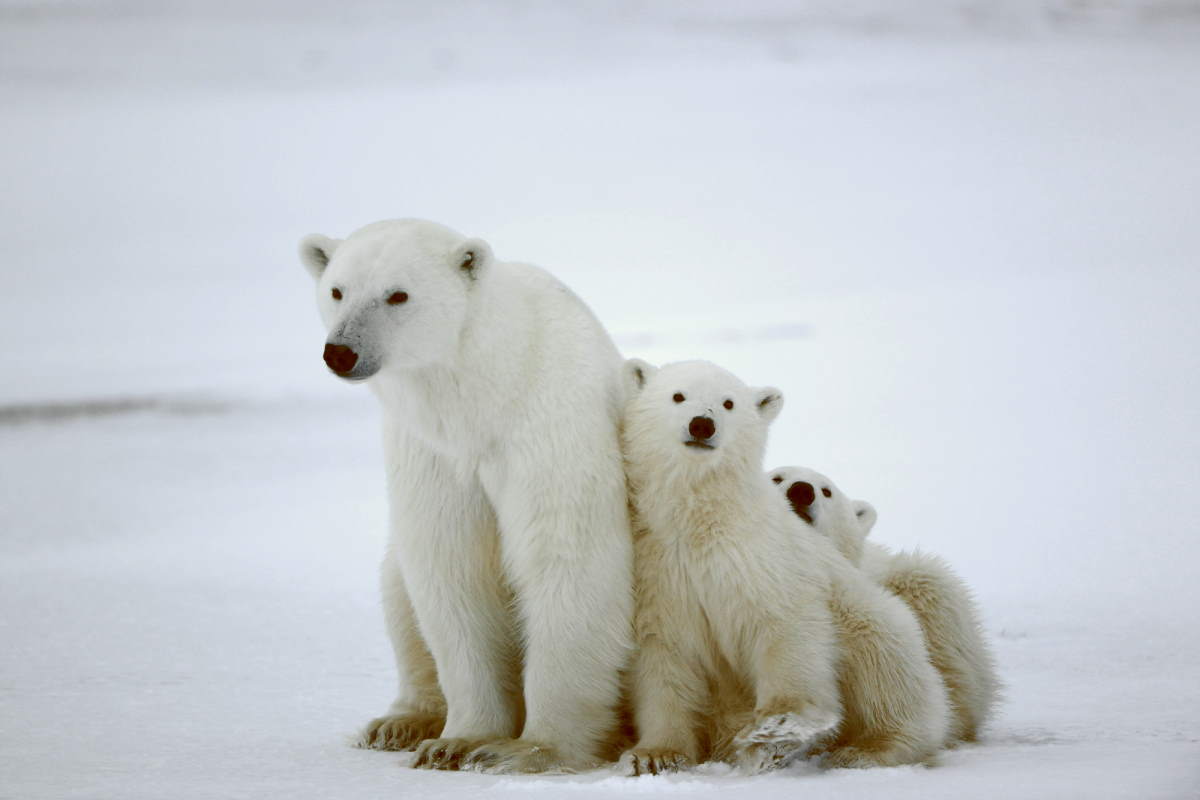A captured German V-2 rocket (V2 #13) took the first photo of Earth from space on October 24, 1946. The rocket was launched from the White Sands Missile Range carrying a 35mm motion picture camera onboard. The camera also recorded the first footage of Earth from space, snapping an image every second and a half.
